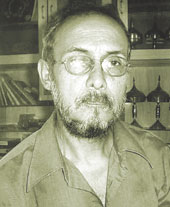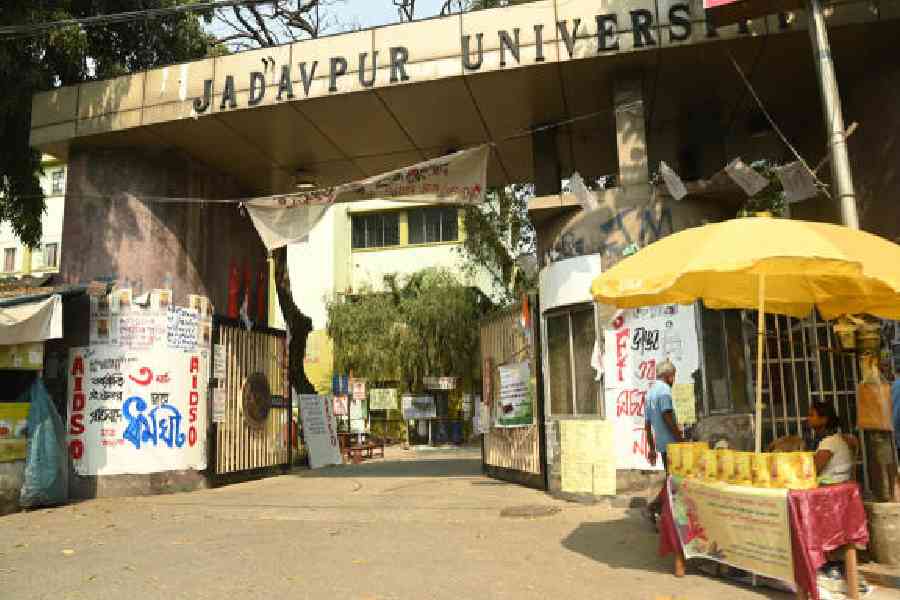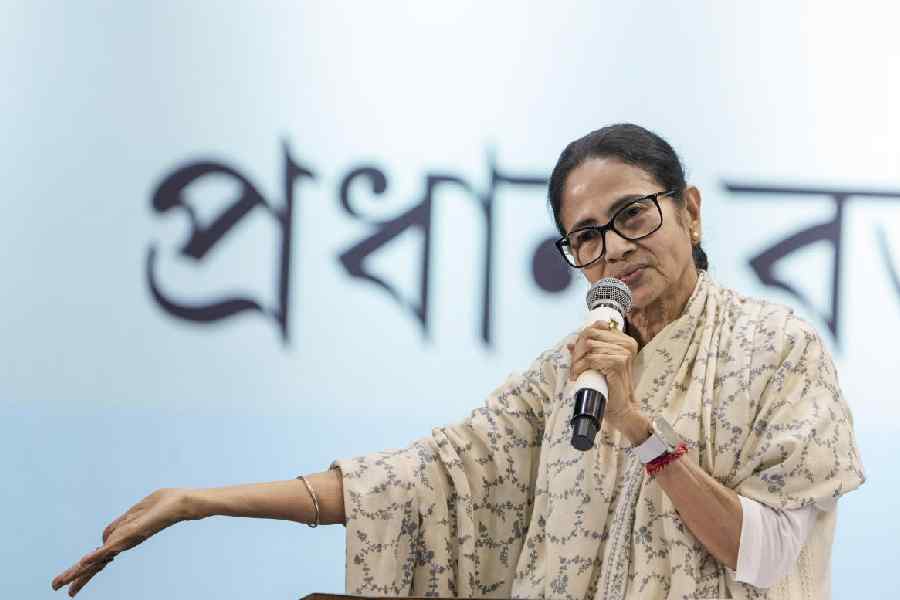 |
 |
 |
The term ?multi-faceted? might well take its definition from Sher Choudhury. Filmmaker, music director, painter and photographer all rolled into one, Choudhury is revered as one of the most thoughtful geniuses of Assamese film fraternity. But music remains closest to Choudhury?s heart.
Choudhury, who was a jury member of the recently announced 51st national film awards, is disturbed with the current status of Assamese film industry. ?I am not complaining, but I want things to march ahead towards a more healthy and favourable destination, where all our works will be appreciated both in national and international arena,? he says.
?I don?t know whether I am the right person to speak, but after seeing the beautiful movies in Bengali, Marathi, Malayali and other regional languages, I feel that the rich cultural legacy of Assam should also be depicted on the popular format of celluloid.?
He is also ecstatic about the fact that this year Assam has won four national awards in filmmaking.
Born and brought up amid the verdant locales of Shillong, Choudhury was a great sports enthusiast. ?I am still a big fan of sport like cricket and tennis. But beautiful musical pieces were what I heard as lullabies when I was a kid as two of my sisters are singers and one an expert sitarist,? he divulges. ?But I hold no formal training in music and started playing the mandolin, harmonium, sitar, piano and other popular instruments on my own, listening to the experts and grasping the nitty-gritty of the art.?
Greatly influenced by musicians like Adil Ahmed, Rajshree Bordoloi and violinist Filkin Laloo, he decided to immerse himself into music. Choudhury has performed with stalwarts like Bhupen Hazarika, Jayanta Hazarika on many stage and radio programmes during his formative years.
?I treasure those experiences very dearly till date as performing in front of the live audience and that too in the smallest of Naga villages is like humble prayer in front of the Almighty,? he reveals. After completing his graduation from St. Anthony?s, Shillong, he joined the department of accountant general in Shillong.
?At that time I took a long hiatus from music for some personal reason and altogether stopped my public performances. But I continued with my ardent effort to master the craft of music,? he says.
At that time, he took refuge in the world of colours and began showing great talent in the world of painting. ?I seriously captured the various hues on my canvases for five years at a stretch. Even now I enjoy myself in the abode of colourful world,? he muses.
Dhiru Bhuyan?s insistence to direct music for Pratham Raagini, changed the course of Choudhury?s life forever.
?At that time I had no intention to engage in music for films, but succumbing to Bhuyan?s constant pressure, I got a new lease of life, you can call it my second birth,? he expresses.
In Pratham Raagini, he not only mesmerised the audience by his soul-stirring music, but also showed his tremendous acumen as a chief assistant director, art and costume designer.
Choudhury was awarded the Eastern India Motion Picture Association Award for his debut film as the best music director of the year. Then came Wosobipo, the cult movie by director Gautam Bora, where Choudury?s once again was highly appreciated, and he went on to win the national award for the best music director for the year 1990. In Wosobipo, Choudhury was also the costume designer and chief assistant director.
He scored for films like Haladhar and Mimansa by Sanjiv Hazorika, Raag-Biraag by Bidyut Chakraborty, Adajya by Santwana Bordoloi and Sons of Abotani by Gautam Bora.
In 1993, he came up with his directorial debut Sound of Dying Music. The film went on to win the national award in 1993 as the best promotional film. It revolves around the seven tribes of the region where their rich traditional art is shown as dying day by day with the advent of modern culture. With only sub-titles and music, it is a silent, heart-wrenching depiction of the beauty and the plight of the tribal people of the Northeast.
His project for Doordarshan, The Impact of Mithun, a documentary film, also got rave reviews for its analysis on the subject of the animal, which is the state animal of Arunachal Pradesh. His last project for Doordarshan, a seven-episode teleserial titled Linghick, based on the novel by Arunachal Pradesh writer Yese Dorjee Tongshi, is a depiction of man and his struggle to resist the age-old rites and rituals of the tribal community of Sherdukpas.
?I am planning to work on some short films and by now I am almost ready with the pre-production stage and thus waiting for the some financer,? he informs. He is also planning to work on some audio album in the near future. Besides direction, music composition and painting, he also enjoys capturing the beauty of the world through is camera.
?I urge the people of the state not only to protect the culture of the land but also to exploit it in a constructive channel,? he pleads. ?For me inspiration is abound, I have to let the windows of heart open and sunshine comes rushing in, carrying all life at my doorsteps.?











